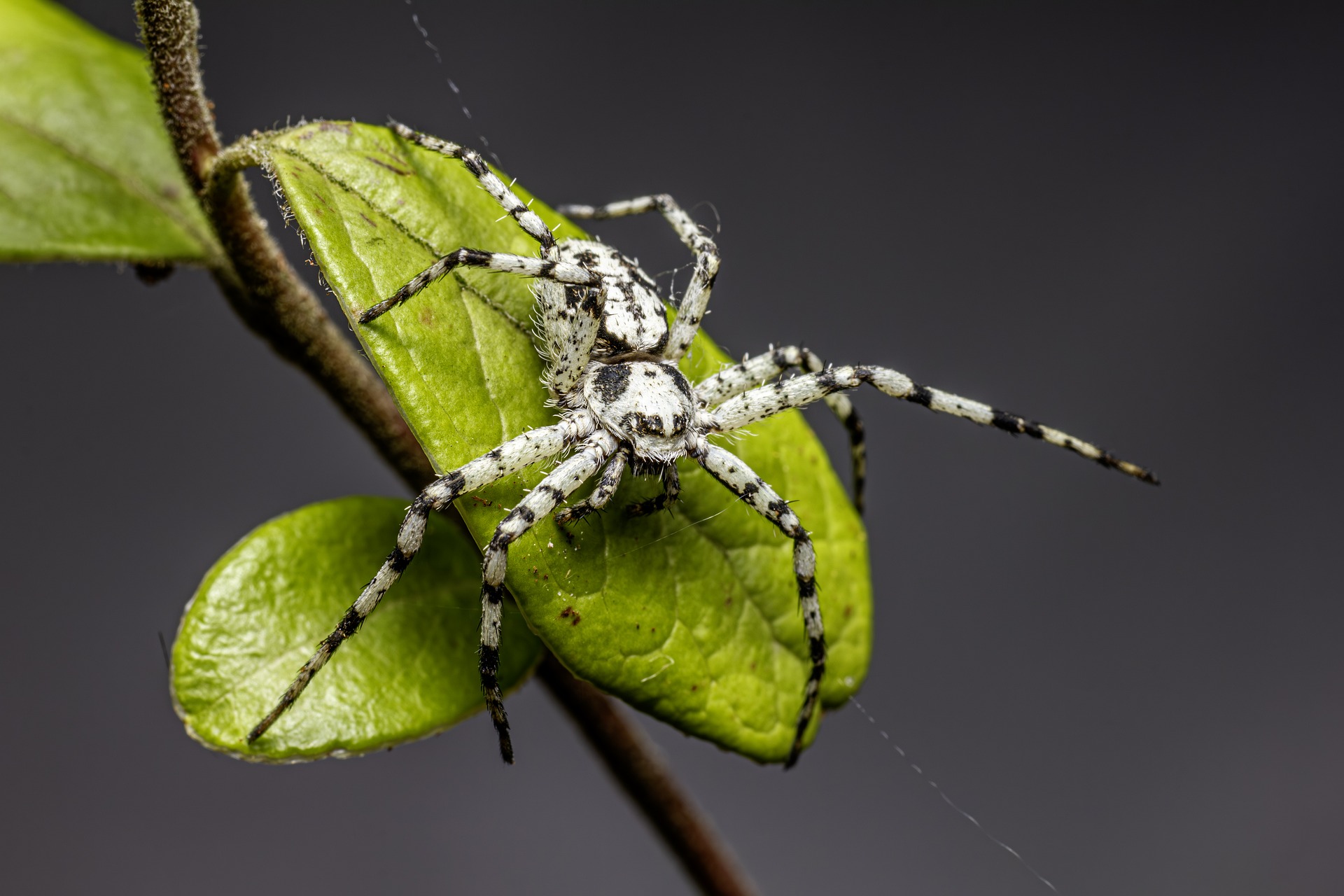The wolf spider is a fascinating and widespread arachnid known for its hunting prowess and unique characteristics. Here’s some information about the wolf spider:
Appearance: Wolf spiders belong to the family Lycosidae and are typically robust and hairy. They vary in size, with some species having a body length ranging from 1 centimeter to over 3 centimeters (0.4 to 1.2 inches). Their coloration can vary greatly depending on the species and habitat, but they often have patterns or markings that help them blend into their surroundings.
Habitat: Wolf spiders are found worldwide and inhabit a variety of environments, including forests, grasslands, deserts, and urban areas. They are ground-dwelling spiders and are commonly found in leaf litter, under stones, or in burrows that they dig themselves.
Hunting and Diet: Unlike many other spiders that build webs to catch prey, wolf spiders are active hunters. They use their excellent eyesight and agility to stalk and ambush their prey, which primarily consists of insects and other small invertebrates. Wolf spiders are known for their speed and can quickly chase down their prey over short distances.
Behavior: Wolf spiders are solitary creatures and are generally nocturnal, although some species may also be active during the day. They are equipped with well-developed venom glands and fangs, which they use to subdue their prey. Despite their intimidating appearance, wolf spiders are not aggressive toward humans and will typically only bite if provoked or threatened.
Reproduction: Wolf spiders reproduce sexually, with males using elaborate courtship rituals to attract females. After mating, the female wolf spider will produce an egg sac, which she carries with her until the eggs hatch. Once the spiderlings emerge, they climb onto their mother’s back, where they remain until they are large enough to fend for themselves.
Identification: Wolf spiders can be identified by their characteristic eye arrangement, which consists of eight eyes arranged in three rows. The two large eyes in the front row give them excellent binocular vision, which is important for hunting.
Ecological Importance: Wolf spiders play a crucial role in controlling insect populations and are an important part of many ecosystems. They help to regulate populations of pest insects and contribute to nutrient cycling by consuming organic matter.
Encountering a wolf spider can be an exciting experience for nature enthusiasts, as these spiders exhibit fascinating behavior and adaptations for hunting and survival. Despite their fearsome appearance, they are valuable members of the ecosystem and deserve appreciation for their role in maintaining ecological balance.
Views: 1249
Subscribe to the newsletter:
